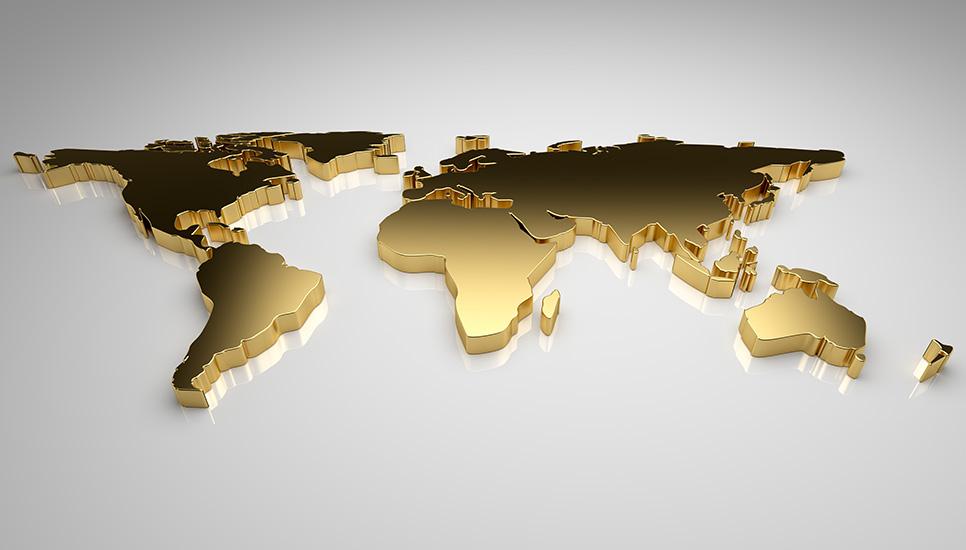The great gold rush: Why stockpiling bullion should be top of the agenda

Why buy physical gold now?
Keeping a share of gold in a portfolio has been a winning policy for millennia. Now, more than ever, increasing physical gold positions is critical, as family offices worldwide strive for wealth preservation in an inflationary environment, mostly caused by the over production of paper and digital money.
Family business founders, heirs and managers care about value and do it in only one way: measuring net worth in terms of one of the major currencies that serve as international reserves. The fact that the world´s Central Banks have been stockpiling physical gold to back the value of their national currencies during the past three semesters should be read as an insight on what to expect in the next couple of years.
 Keeping and adding gold
Keeping and adding gold
Central Banks have held physical gold in their reserves for centuries and this policy remains unchallenged, as their current holdings amount to 36,750 metric tons of gold, representing about 20% of all gold ever found and mined. Several factors help explain their strategy...
Diversification plays a key role. Central Banks are responsible for their nations’ currencies, which can experience volatility based on the underlying performance of their economies. When faced with political and financial turmoil, Central Banks resort to lowering interest rates and printing more money, expanding the money supply and creating inflation. Gold, on the other hand, is a finite commodity with great scarcity value, which serves them as a proven hedge against currencies devaluation over time.
Furthermore, gold has an inverse relationship with the US dollar that increases its appeal for all Central Banks, 80% of which hold gold reserves. When the greenback weakens, gold prices typically rise. Then, this relationship serves as a cost-free hedge against inflation and market volatility, preserving the value of portfolios with duly sized gold allocations.

Riskier Times
Central Banks recognise the importance of diversifying their reserves to mitigate risks. By adding gold to their portfolios, they reduce their dependence on other assets, such as other governments bonds or foreign currencies, which can be subject to fluctuations. Gold’s low correlation with other assets makes it a unique tool for risk management.
Gold also plays a significant role in geopolitical considerations. All countries know that physical gold reserves hold their intrinsic value regardless of the regulations that manage the major states’ currencies, while keeping its function as an alternative means of exchange. This ”alternative currency” provides a haven from the temporary restrictions that may affect the free-flow of transactions in the world’s financial system.
Growth of physical gold stockpiles
As reported by Reuters and The Economist, a steady transformation of the gold market is occurring: the United States, Germany and other Western European countries retain their gold holdings, while Singapore and Poland have been increasing them. Emerging economies such as BRICS [Brazil, Russia, India, China, and South Africa] members China and India, have emerged as significant buyers over the past decade. Despite the increasing acquisitions, China’s gold allocation is just under 4% of total reserves, still lagging behind those of their Western peers.
Central banks have pushed gold demand to a record purchase not seen for seven decades. This fact discloses what portfolio strategy is behind the world’s Central Banks for the next three-to-ten years. Have a look at the following graphs, both based on data from the World Gold Council:

Central banks added a whopping 1,136 tonnes of Gold worth some $70 billion to their stockpiles in 2022, by far the most of any year in records going back to 1950 , according to Reuters.
Degussa Global Custodian will be in attendance at Campden Wealth’s Asia Pacific Family Office and Investment Forum on September 11-12, 2023. For more information and to register, click here.







